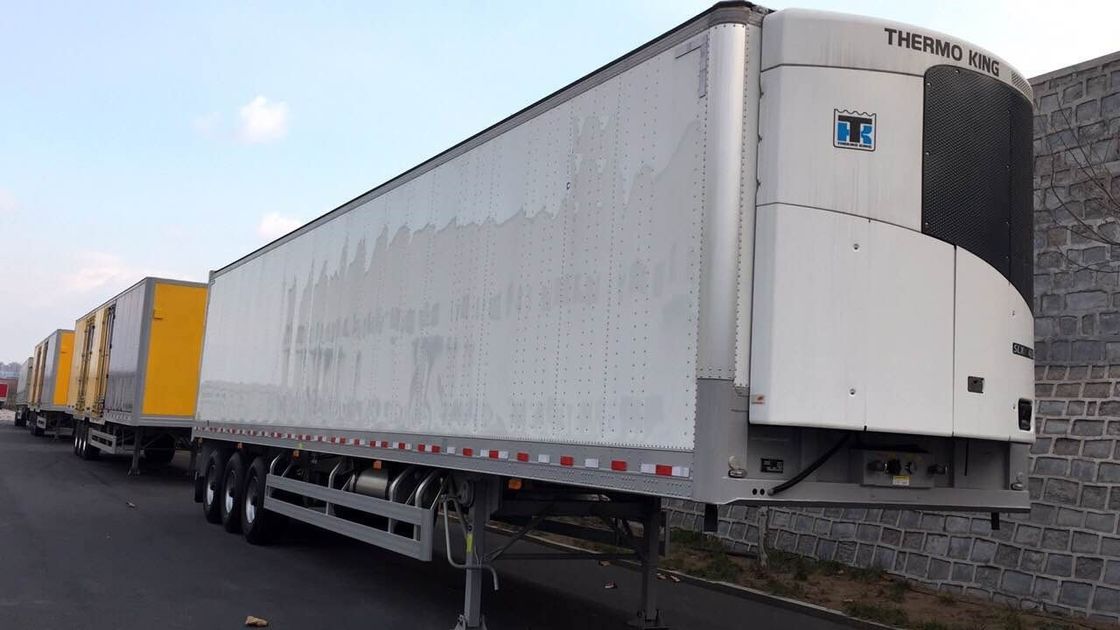In our third and final installment of our series on growing in a closed-loop aquaponic system, we go over the pieces of equipment necessary to put it all together, and a few considerations to keep in mind.
Click here to see Part One.
Click here to see Part Two.

The following is an article produced by a contributing author. Growers Network does not endorse nor evaluate the claims of our contributors, nor do they influence our editorial process. We thank our contributors for their time and effort so we can continue our exclusive Growers Spotlight service.
Water Management in Soilless Closed-Loop Aquaponic Systems
In a Closed-Loop Aquaponic System, the only time you should be adding water is when it's necessary to replace water losses from evaporation or plant uptake. Since water is recirculating between the plants and the fish, the overall water requirement should be 5-10% of a traditional soil-based garden where daily water requirements can be 3-6 gallons of water per plant per day.
When it comes to waste water runoff in a Closed Loop Aquaponic System, there is little to no water runoff to begin with. However should any water ever happen to escape the closed loop system (say, from a leak), the important thing to remember is that when using safe aquaponics practices, you can never apply any fungicides, pesticides, aerocides, or nutrients that would harm the fish or those who would consume the plant-based products. This means that should any water accidentally escape the system, it should generally be safe for the environment.
When the authorities show up at your aquaponic cannabis farm, you’ll not only get to show them your happy, healthy fish but also your amazing, pesticide-free, organically-grown plants that derive the majority of their nutrients from fish waste. For those tasked with enforcing environmental laws, the fish really are a ‘canary in a coal mine'.

How will the Cost of Electricity and its Availability Impact the Commercial Cannabis Cultivator?
Cannabis is an energy-intensive crop when grown indoors. According to a 2012 study conducted when medical cannabis was legal in California, but recreational sales were still prohibited, indoor cannabis cultivation was responsible for about 3 percent of California’s total electricity consumption, which is equivalent to the electricity consumption of 1 million California homes. Since California voted in Proposition 64 to legalize adult-use cannabis, an increase in the number of grows may lead to a significant increase in electricity consumption in California overall. Other states have seen similar increases in electricity demand after legalizing recreational cannabis. For example, half of the load growth in Colorado is now attributable to new cannabis cultivation.
It is only within the last several years, in states where cannabis cultivation has been legal, that government agencies and utilities have had enough data to determine what regulations need to be enacted to ensure that there is enough total power being generated to handle the expected load growth consistent with the expansion of indoor cannabis farming.
In an effort meet forecasted utility production levels, as well as clean energy goals, there will be an increase in programs that incentivize higher efficiency equipment, Automated Demand Response, off-peak consumption, and renewable, on-site energy generation. For this reason, growers may wish to utilize Artificial Intelligence to help optimize crop production with minimal electrical costs. These CIM programs will also interface with the utilities to see “real time” utility rates, projected times to tier level increases based on current farm demand levels, grid loads and alarm conditions.
We use the Impact Series LED Grow Lights for our grows, because they are so energy efficient. Many power companies offer rebates and special discounts for using energy-efficient grow lights, so we highly recommend you consider an LED grow light.
We’re Taking our Garden on the Road! We Grow in Tractor Trailers!
This might not be for everyone, but it works for us because we like to keep the plants above the fish tanks whenever possible. This way we’re only pumping water in one direction and gravity takes over afterward. The trailer we grow in also protects the fish from the elements and predators.

In our demonstration garden, we took a 40' tractor trailer and slightly elevated one end of the trailer to allow the entire interior to be turned into a bed flood and drain table which the plants sit inside. As the water moves back and forth between the fish tank and the plants, water seeps into the holes drilled into the bottom of the buckets.
The action of flooding and draining the table with fish water allows the rising water to act like a diaphragm and pushes the trapped air at the bottom of the bucket up into the root zone for increased root development. Bigger Roots Mean Bigger Fruits!
As to yields; first keep in mind that a tractor trailer is not an ideal environment. We’re using an uninsulated tractor trailer, there are increased opportunities for disease and pest infestations when the doors are open, and we are not using supplemental CO2. Nonetheless, even with these less-than-ideal conditions, each plant still yields between 2-3 ounces each. When factored at low end, this yields 40 oz (1120 grams or 2.5 lbs) under a single 740-Watt light.
In Summary
Closed-loop aquaponics is a fundamentally simple idea. Take some fish, throw them in a bucket, use the waste to fertilize plants, and then feed the fish the excess plant matter. In practice, however, it’s a bit more complicated. You have to design your entire system and workflow around the philosophy of “do no harm”, making sure to never do anything that would negatively impact neither the plants nor the fish.
But it’s worth the effort. Closed loop systems are extremely water-efficient when compared to conventional agriculture, and extremely energy efficient. They also produce very little waste. Closed-loop aquaponics systems adhere very closely to most consumer safety regulations, as the fish in the system are more sensitive to environmental dangers than humans are. Growers can see the results of their decisions very quickly.
So let us know your thoughts in the comments or survey below. We look forward to seeing more aquaponics systems in the future!
Editor's Note: Let us know if you'd like to see a schematic or precise setup of an aquaponics grow, and we'll see if we can find one!
10 Best Gift Ideas for Cannabis Connoisseurs and Growing Aficionados (2022)
December 7, 2022Developing and Optimizing a Cannabis Cultivation System
December 14, 2021Dealing with Insomnia: How Can CBD Help?
December 10, 2020Your Guide to Sleep and CBD
December 7, 2020
Do you want to receive the next Grower's Spotlight as soon as it's available? Sign up below!
Resources:
Want to get in touch with 151 Farmers or Darryl? They can be reached via the following methods:
- Website: http://151farmers.org/
- Email: info@151Farmers.org
